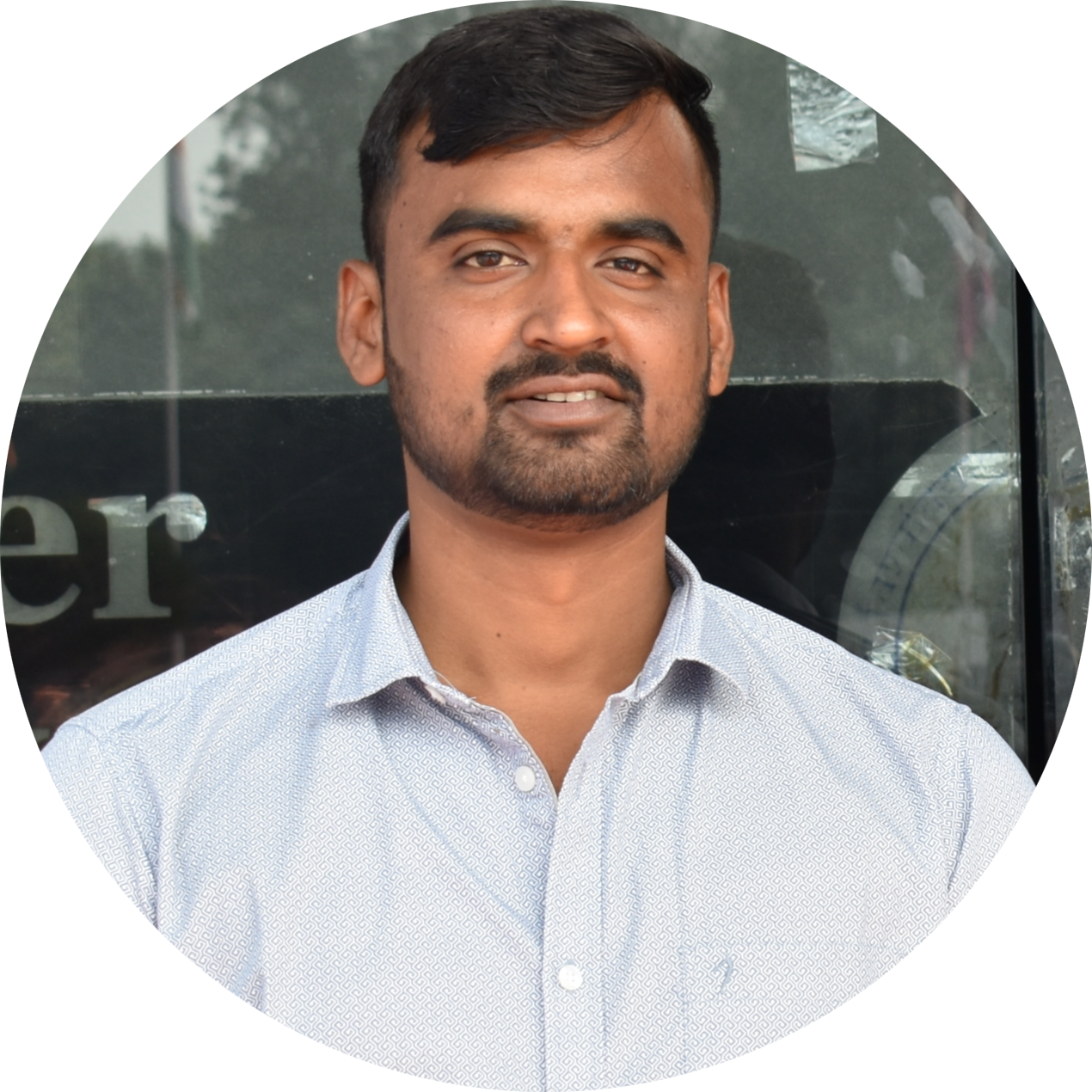ABOUT THE MILLENNIUM FELLOWSHIP - CLASS OF 2024
United Nations Academic Impact and MCN are proud to partner on the Millennium Fellowship. This year, 52,000+ young leaders applied to join the Class of 2024 on 6,000+ campuses across 170 nations. 280+ campuses worldwide (just 5%) were selected to host the 4,000+ Millennium Fellows.

UNITED NATIONS ACADEMIC IMPACT AND MCN PROUDLY PRESENT SHISHIR RANJAN, A MILLENNIUM FELLOW FOR THE CLASS OF 2024.
University of Delhi North Campus | New Delhi, India | Advancing SDG 10, SDG 16 & UNAI 9

" Millennium Fellowship gave me an opportunity to amplify the voices of marginalised communities. This fellowship helped me improve my ability to document and advocate for the struggles of marginalised people. Collaborating with like-minded people and engaging with key stakeholders expanded the reach of our documentary project and made a bigger impact. This was a powerful way to build empathy, inspire action, and contribute to lasting social progress. "
Millennium Fellowship Project: Tribes and Indigenous Communities
As a Millennium Fellow, I had the opportunity to work on the project titled "Tribes and Indigenous Communities." As part of this initiative, I created a documentary called "Aghosh" (अघोष), meaning unsung, which highlights the rich history and struggles of the Gadiya Lohar community. Known for their historical ties to Maharana Pratap, the Gadiya Lohars have remained nomadic for centuries, living without permanent homes as a legacy of their ancestors’ oath. However, this tradition has now become a major challenge, as they struggle for basic facilities like healthcare, education, sanitation, and stable housing. Despite their resilience, they continue to face marginalisation, unemployment, and forced evictions, making it crucial to bring their voices into focus.At the heart of this project, "Aghosh" tells the untold stories of the Gadiya Lohar community through interviews with community members and experts. The documentary brings forward the real struggles and hopes of the people, giving a clear and personal view of their lives.One of the key voices in the documentary is Sanjay Gahlot, a community leader, who shares the history of the Gadiya Lohars and their nomadic way of life. He explains how their ancestors took an oath to live without permanent homes, a tradition that continues today. However, this has now become a big challenge, as they struggle to access housing, jobs, and basic services like healthcare and education. Through his words, viewers can understand the hardships they face and the resilience that keeps them going.The documentary also features Sneha, a young student from the Gadiya Lohar community, who is fighting against social barriers to get an education. She talks about the financial struggles and the bias against girls' education that make it hard for children like her to study.Another important perspective comes from Sita Gahlot, who shares the daily struggles of women in the community. She speaks about the lack of clean drinking water, proper toilets, and healthcare, which affect women and children the most.To give a broader view, the documentary includes insights from Shravani Bolage, a lawyer at the Housing and Land Rights Network. She explains the legal challenges that the Gadiya Lohars face, such as not having official documents and being excluded from government programs. She also talks about how discrimination and lack of awareness make it even harder for them to get housing, jobs, and social benefits.The documentary aims to spread awareness, build empathy, and encourage important policy changes so that the community can get the support and rights they need.The success of this documentary was made possible with the support of many individuals. My batchmate, Zaibal Mangal, was the first to support my idea, driven by her interest in human rights. She conducted all the interviews and also helped me in the research. Amio Saha played a key role in cinematography. Saumya Swetanshu contributed as the narrator. Parth Dhoopar handled video editing, while Agrim Gupta took care of audio editing. Aditya Srivastav worked as the production assistant. My senior, Pranjal Roy, assisted with the necessary arrangements, ensuring smooth coordination throughout the project. My college supported the project by providing necessary equipment for filming.I am especially grateful to my professors at the Delhi School of Journalism, University of Delhi, whose guidance and expertise were invaluable in shaping this project. Dr Namit Vikram Singh helped structure my research, ensuring the documentary was well-grounded in facts and historical context, while Dr Vikas Singh provided crucial support during the filmmaking process. Their collective guidance made this project more authentic, well-researched, and impactful.Working on "Aghosh" has been a deeply transformative experience, strengthening my commitment to storytelling for social justice. This documentary is not just about showcasing the struggles of the Gadiya Lohars; it is a call to action, urging society to recognise their plight and advocate for their rights. Through this project, I hope to raise awareness, spark meaningful discussions, and contribute to lasting change for marginalised communities.
About the Millennium Fellow
Shishir is passionate about social justice and aims to make a positive difference in society. He is currently studying journalism at the Delhi School of Journalism, University of Delhi. He hopes to use his journalism skills to drive meaningful change. With a strong background in investigative reporting, storytelling, and data analysis, he is dedicated to improving the lives of marginalised communities and creating a lasting impact through his work.








